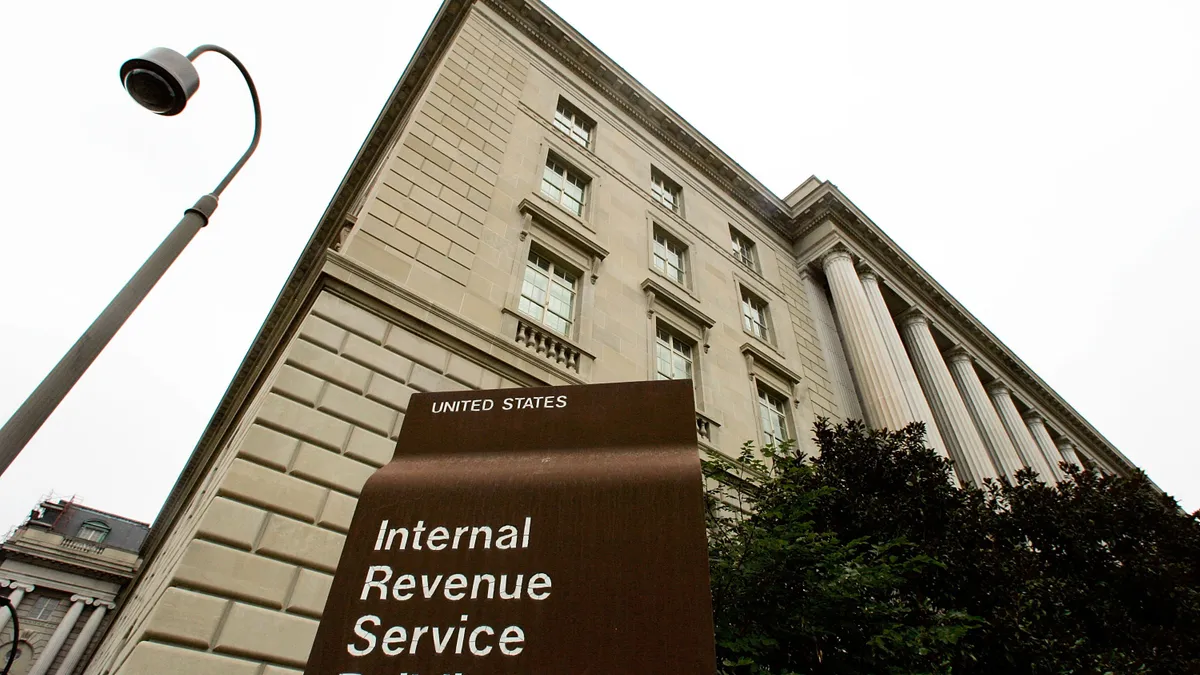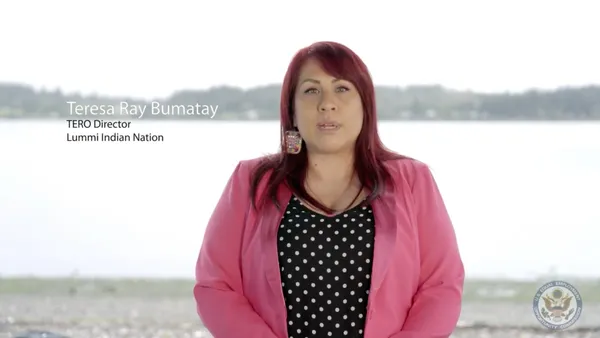Dive Brief:
- Countering implicit bias, or unconscious bias, in the recruitment process to improve talent pipeline diversity may be as simple as partitioning candidate applications into different categories, according to a group of researchers. The report, Let's choose one of each: Using the partition dependence effect to increase diversity in organizations, was published in May, and then a July 21 analysis by the authors in the Harvard Business Review (HBR) explained how categorizing applicants increases the probability that qualified, diverse applicants won't get overlooked.
- The authors said that "partition dependence bias" can occur when a person has to select multiple options out of numerous, uncategorized options. If the options are grouped together by categories, an individual is more likely to choose some options from each group, thus creating a more diverse selection, the researchers said. In the study, 121 experienced HR managers were asked to review the profiles and resumes of 16 job applicants who graduated from four top universities. One group of HR professionals was given resumes in alphabetical order, but not organized by specific categories. Meanwhile, another group was given resumes categorized by university. All of the HR professionals were asked to select four candidates to interview.
- In the group that received uncategorized resumes, 14% of HR managers chose candidates from all four universities, according to researchers. However, the percentage increased to 35% when the resumes were categorized by university. The researchers found the results were similar when candidates were categorized by gender, ethnicity and nationality. This method "only draws managers' attention to qualified minority candidates who might otherwise not attract their attention," the researchers said in HBR. However, they also noted that categorizing applicants is only effective if managers don't have strong biases against a particular group.
Dive Insight:
Although the study on partition dependence focused on a simple method to select diverse candidates, inclusion is the key factor in sustaining a diverse workforce, according to experts.
"Often when people talk about building a diverse workforce, they immediately think of recruiting and hiring," Cheryl Roubian, vice president of people at Greenhouse Software, previously told HR Dive in an interview. "But it's important to realize that even if you're wildly successful in diversifying your workforce, if you haven't created an environment where staff, irrespective of their backgrounds, can feel a sense of belonging, they won't stay."
A check-the-box mentality toward diversity and inclusion is counterproductive, RedPeg Marketing Director of Employee Experience Pearlie Oni similarly told HR Dive in a previous interview. "At RedPeg, our focus always has been creating an environment in which people of color and women can come to work," Oni said. "Instead of checking off boxes, we check ourselves about the kind of culture we are offering. If you change the culture internally, if it's a space where people feel like they can come in and thrive, you will attract the diversity you're seeking."
Implicit biases can derail long-term inclusion issues, as well. What Works? Evidence-Based Ideas to Increase Diversity, Equity, and Inclusion in the Workplace is a collection of research by academics and business leaders released May 13. A report included focused on countering discriminatory behavior by tracing implicit attitudes and beliefs about different social groups.
Improvements in implicit (and explicit) attitudes in the workplace toward race, skin tone and gender roles can improve over the long-term as a result of "large-scale cultural shifts," according to the researchers. It benefits companies to understand the nature of implicit social cognition — how individuals process information — including its parameters for change, the Harvard University researchers noted.
Research also has revealed a lack of belonging for many employees who work at diverse, multinational companies. Globalization Partners Inc.'s second annual survey released March 24 found that 9 in 10 employees surveyed described their organizations as diverse, however 3 in 10 respondents said they don't feel a sense of belonging or inclusion. This can drive turnover as it negatively impacts employee engagement, happiness and trust, according to the report.
"Companies who want to position themselves to reap the benefits of diversity — in both employee sentiment and competitive advantage — must also put resources toward managing the challenges posed by it," the report stated.
Improvement in diversity is experienced by companies that not only have systematic, business-led approaches to diversity and inclusion but emphasize inclusion, according to McKinsey & Company research. And, if HR professionals accept surface-level diversity, inclusion suffers, according to a May 14 report by Clutch, a B2B rating and review firm.
Of the 505 HR professionals surveyed by Clutch — HR generalists hiring managers, executives and recruiting specialists across the U.S. — 79% said they believe their company is diverse. But the respondents may have focused on "small elements of diversity," instead of areas for improvement including diversity in sexual orientation, according to Clutch. Few respondents valued specific diversity initiatives, the report found. In this case, the HR professionals may build overly diverse perceptions of their companies, according to the report.
Instead, leaders who are "culture makers" understand the intricacies of inclusion, and their organizations' profits are almost three times higher than those of their peers, according to Accenture's global survey of more than 30,000 professionals in 28 countries.














